Staying healthy or even adding condiments full of flavor to your meals can be easy when you have flourishing herbs growing in your backyard. Even more, a recent study showed that herbs could also help to alleviate various types of skin health complications. And what’s a better way to enjoy the best herbs than owning a DIY garden herb?
Just like planting a flow or perhaps taking care of a DIY garden, you must make informed decisions to ensure the best results. With the right equipment and resources, you can easily take the quality of your herbs to the next level.
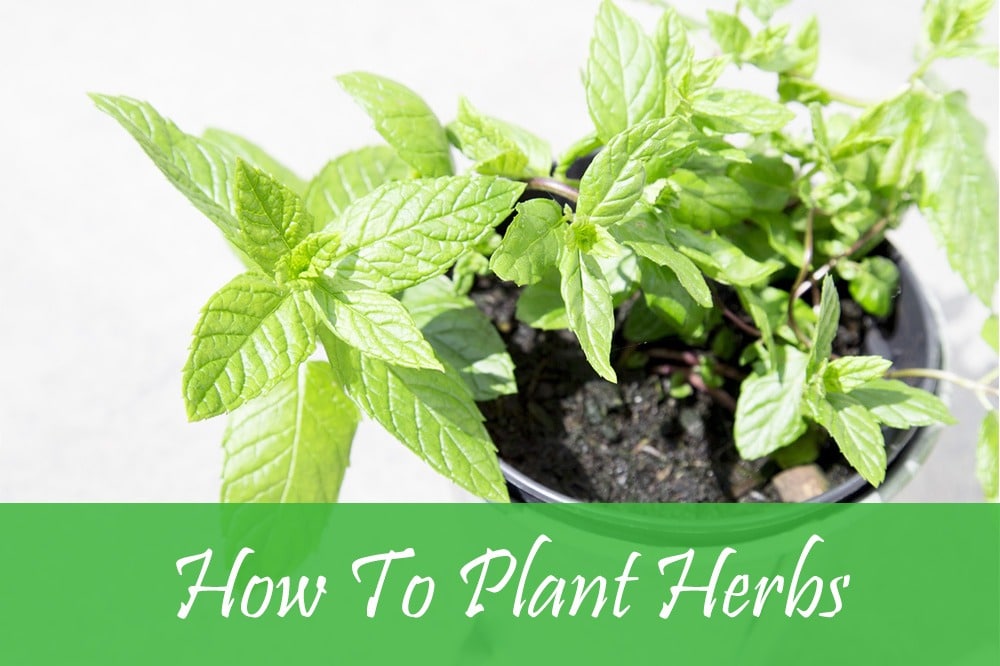
Read Next
Herbs are relatively easy to grow, especially with adequate sunlight, well-drained soil, water, and fertilizer. You can also grow the herbs in specially made pots, which promote optimal plant development. However, note that some herbs can grow past 5 feet, which might require them to be transferred to the ground.
We have identified some of the crucial steps to consider when you want to plant herbs in a garden. They include:
Get Some Pots
Perhaps one of the most significant benefits of home-grown gardens is that they are always ready for use. Do you need to spice up a stew or soup? Just go to your garden to get some sage or basil. However, navigating through a garden bed can prove to be such a hassle. Thus, consider growing your herbs in planters or pots. Using this approach makes it easy for you to start a herb garden in a convenient location.
The specific material you choose for the pot can differ. The common options you have available include wood, clay, and metal options. The most crucial factor to consider is to select a container that offers optimal ventilation and drainage for the plants. Any pot or planter you use has to allow the excess water to move out, which is why most plant pots have apertures.
Even if mason jars add an appealing look to a given outdoor space, they are not suitable for your herb garden. Without optimal drainage, the plants will experience foot rot.
Go for a container that is suitable for the plants that you want to grow. Furthermore, any large container will easily lead to increased energy expenditure, especially when growing plants.
Select the Herbs
For first-time garden owners, the best recommendation is to start by learning about the best plants for your herb garden. The common ones you can start with include mint, parsley, and basil, which are excellent for pot growing. These are all plants that grow prolifically and won’t require regular harvesting procedures. Here are some of the common herb types you can consider for your small garden:
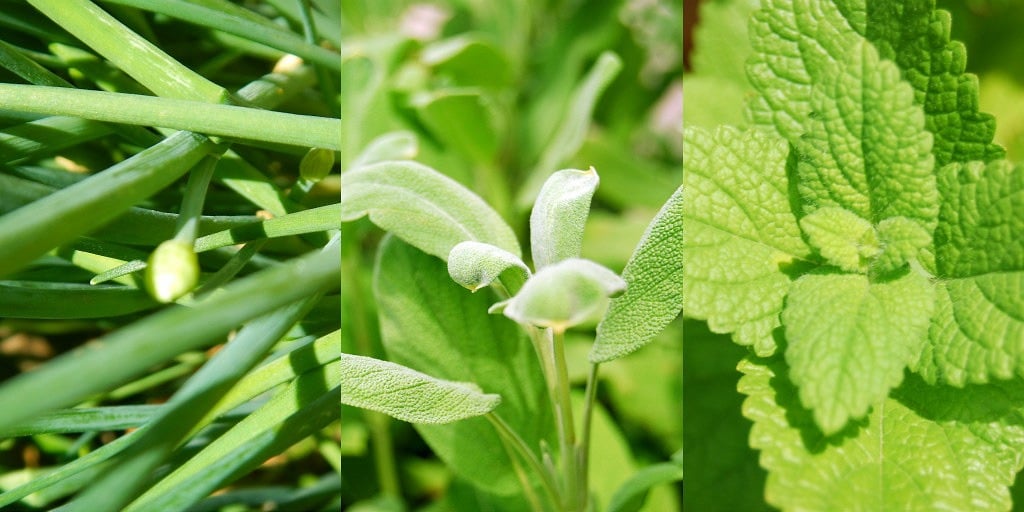


- Basil – there are many types of basil, and various other hybrids as well as species of the plant. They are commonly used for culinary purposes as sweet basil, while Thai Basil is common for medicinal purposes.
- Mint–mint is also ideal for your garden because it has an exceptional growth rate. You can plant mint in a container, or on any level surface above the ground. More so, mint can also handle shade well and is suited for environments with sunlight.
- Oregano – Oregano is a culinary herb, which is useful because of its leaves. When dried, the leaves tend to have a unique flavor, when compared to when it's still fresh. More so, the herb also often has an aromatic and relatively bitter taste, which can vary based on various factors. High-quality oregano can sometimes be potent enough to numb the tongue. Multiple factors, such as soil composition and weather all affect the growth patterns of oregano.
- Parsley – most cooking enthusiasts prefer flat parsley over curly ones, due to the flavor potency of the former. The plant thrives in wet environments and well-drained soil.
- Thyme – this is a herb that has a unique scent and also thrives well without any water. You may not have to expose thyme to full sunlight, and it also performs well in well-drained soil.
- Rosemary – known for its resinous leaves, thyme is a highly aromatic condiment, which makes up for good cooking and medication ingredients. The herb mostly thrives in cold climates that also experience a relatively average amount of sunlight.
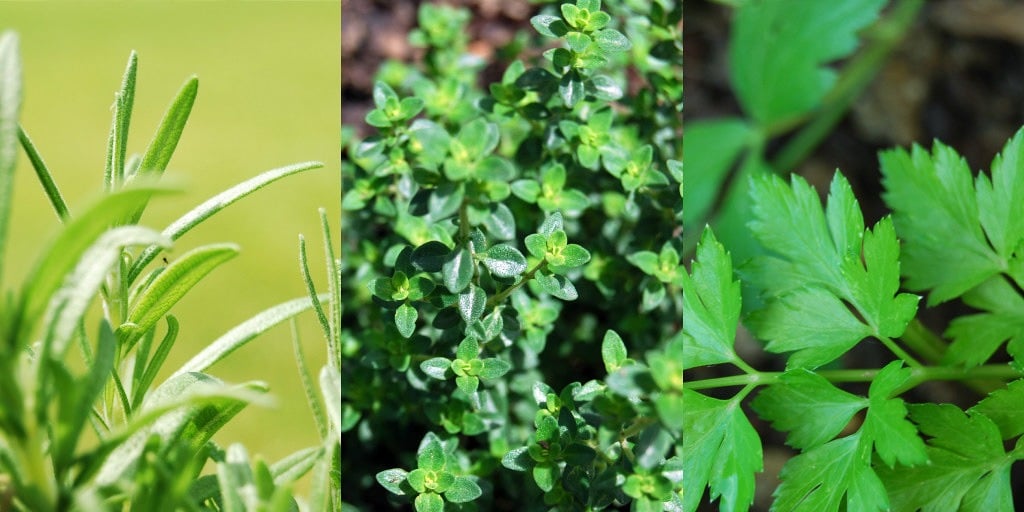


Avoid Seeds and Go for Starter Plants
Unless you are an experienced gardener, consider using starter plants when developing a new garden. Using the starter plays will save you an average of 3 to 4 weeks of growth time. Furthermore, the starter plants will also improve the quality of your harvest.
Choose Proper Soil
When it’s to start planting, consider using potting soil, and keep away from garden soil. The main benefit of potting soil is that it offers excellent soil drainage, whereas garden soil is poorly ventilated.
Put the Plants in the Right Place
Perhaps one of the leading factors to consider with plant growth is to put them in a suitable location. Some plants might require lots of sunlight, while others might do well in shady environments. If you live in areas that might experience relatively high temperatures, then consider placing the plants in a proper location.
Care and Harvesting
Similar to all garden plants, herbs require regular care to achieve the best results. Thus, you must ensure they get adequate water, supplements, and more on time. Furthermore, being able to harvest the herbs at the right time is crucial to the output you can get from a given batch of plants.
Finally
Cultivating a herb garden can be an excellent leisure time activity and a way to save extra on buying plant supplements for your needs. In this case, the how to plant herbs guide is an excellent place to start a reliable supply. Furthermore, there are various factors you should consider when you want to, such as the types of herbs, cultivation, and harvesting techniques for the best results.

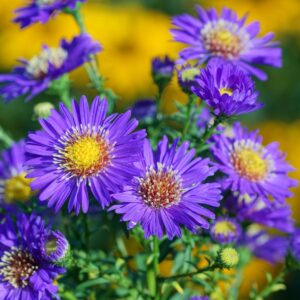
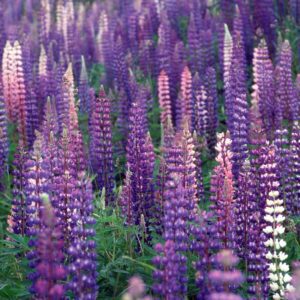
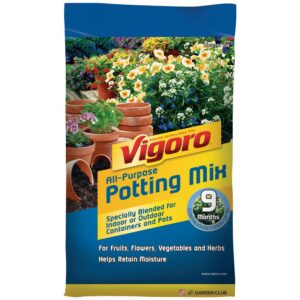
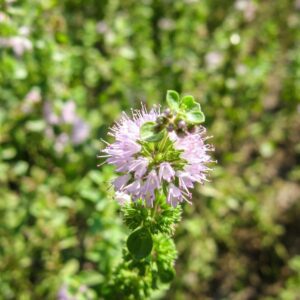
Comments
No Comments